August 19, 2016
Over a third of office workers complain about poor air quality 1
 Almost 70 percent of office workers believe poor air quality in their place of work is having a negative effect on their day-to-day productivity and wellbeing, claims a survey commissioned by the Building Engineering Services Association (BESA); and a third of workers are concerned that poor air quality could be having a negative effect on their health. Opening windows is the most commonly used form of ventilation with 60 percent of workers saying it is the first thing they do if they need fresh air. However, although this is seen as a natural response, opening windows runs the risk of further polluting the working environment by letting in outdoor toxins, the survey claims. Given that we spend 90 percent of our time indoors and on average, 212 days a year at work, BESA has called on firms, managers and employees to ensure proper, effective, well maintained ventilation systems are operating in all offices across the UK.
Almost 70 percent of office workers believe poor air quality in their place of work is having a negative effect on their day-to-day productivity and wellbeing, claims a survey commissioned by the Building Engineering Services Association (BESA); and a third of workers are concerned that poor air quality could be having a negative effect on their health. Opening windows is the most commonly used form of ventilation with 60 percent of workers saying it is the first thing they do if they need fresh air. However, although this is seen as a natural response, opening windows runs the risk of further polluting the working environment by letting in outdoor toxins, the survey claims. Given that we spend 90 percent of our time indoors and on average, 212 days a year at work, BESA has called on firms, managers and employees to ensure proper, effective, well maintained ventilation systems are operating in all offices across the UK.






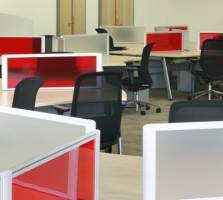

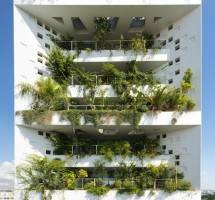
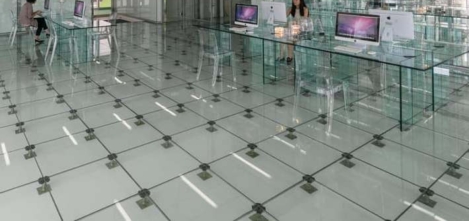
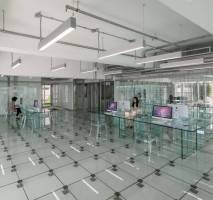








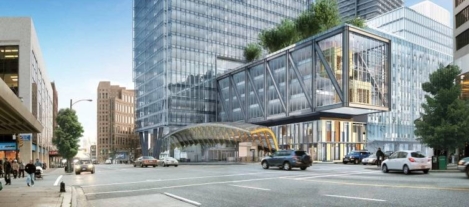
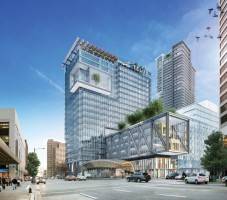














August 17, 2016
Do people really matter when we design workplaces? 0
by Steve Maslin • Comment, Events, Facilities management, Workplace design
More →